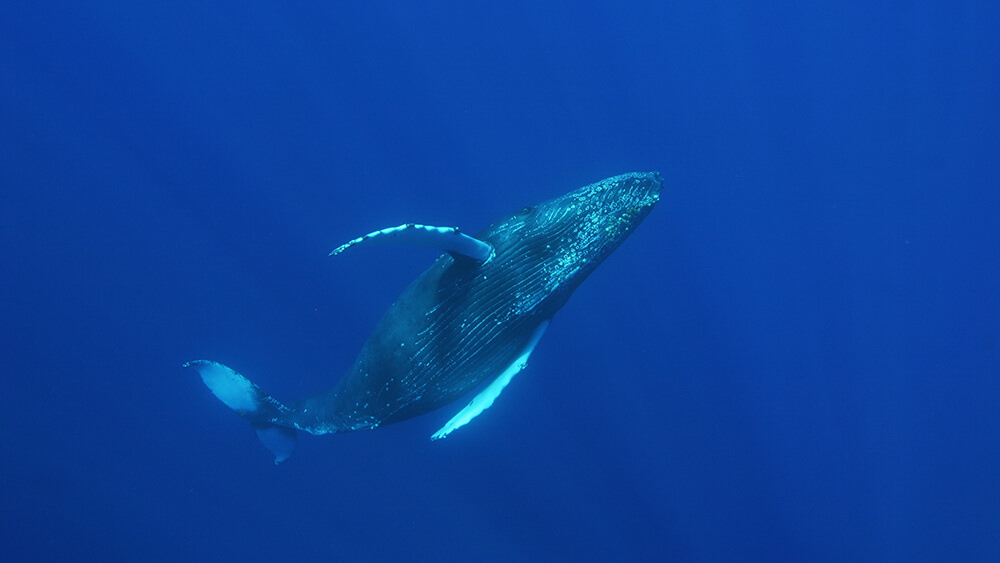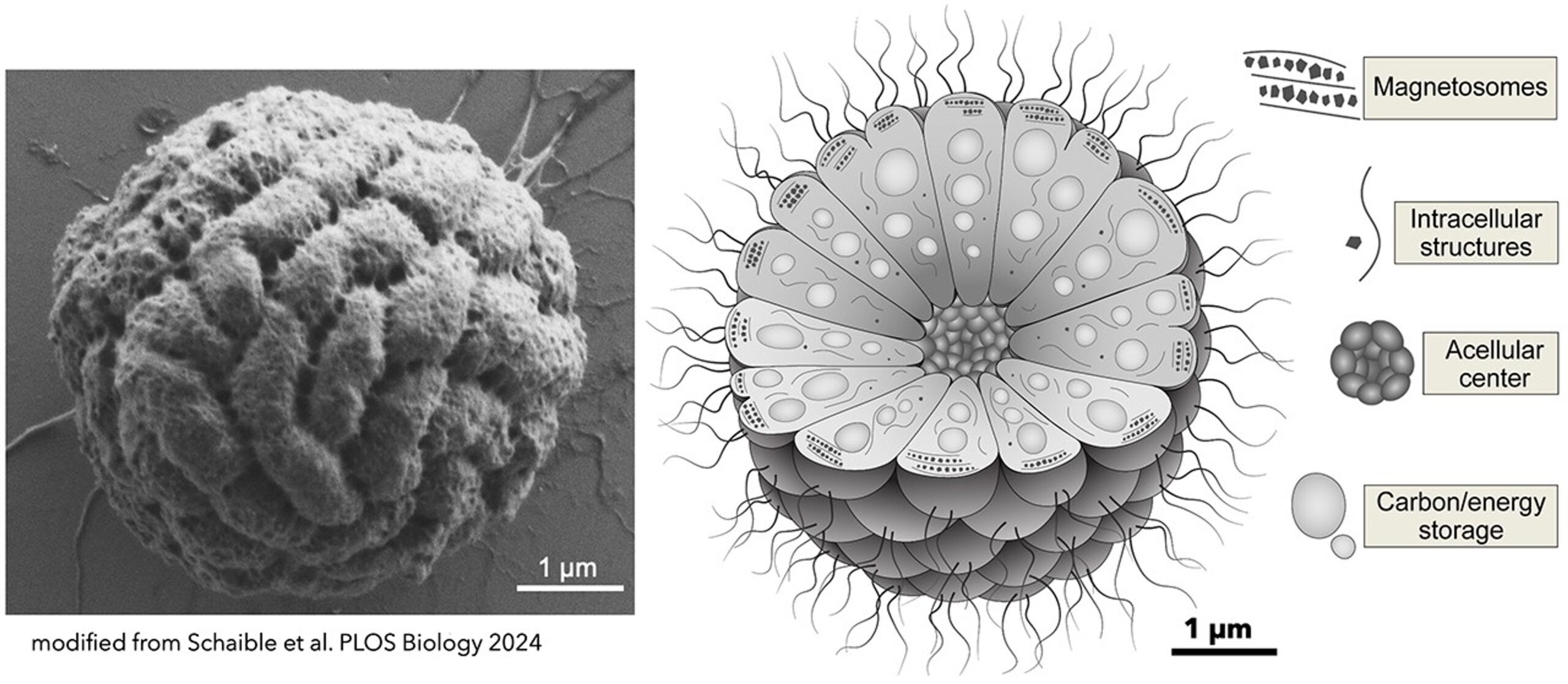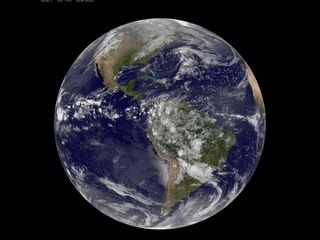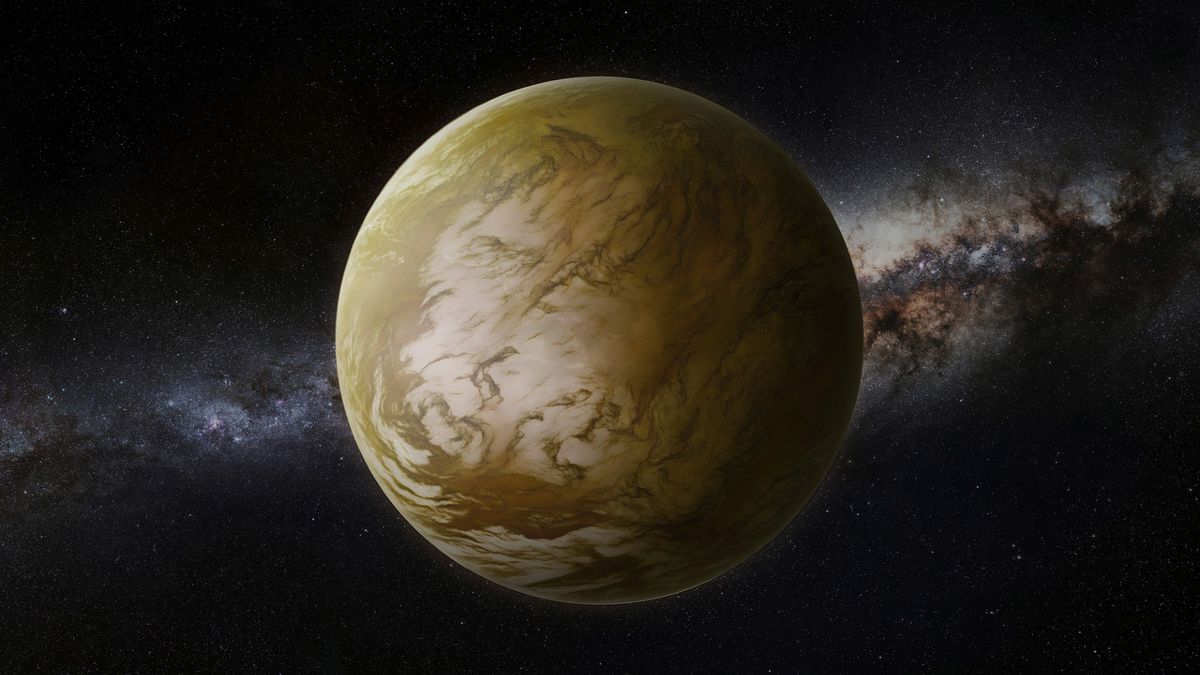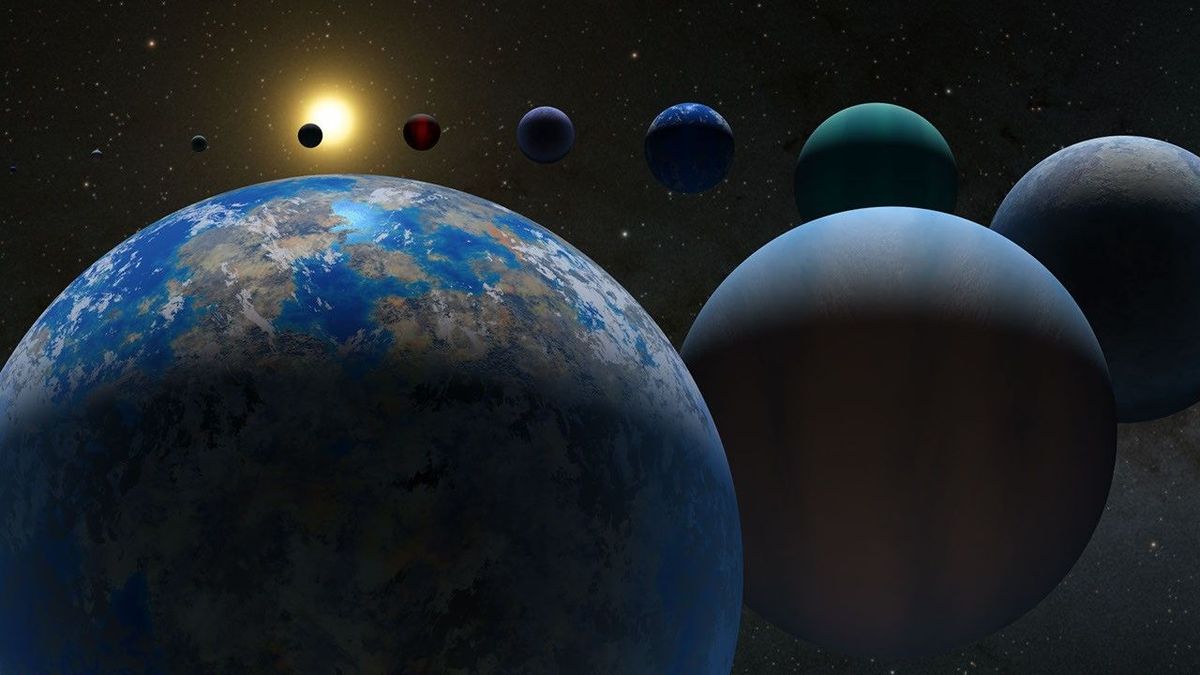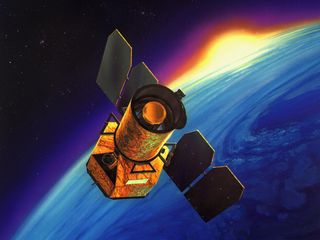In 2023, scientists from Cambridge University reported what appeared to be very exciting news. NASA’s James Webb Space Telescope, they said, had detected signs of a liquid water ocean — and possibly life — on the exoplanet K2-18b, a temperate sub-Neptune world located about 124 light-years away from Earth. Then, earlier this year, the same team announced what they called even stronger evidence for those potential signs of alien life. The signs were rooted in a tentative detection of dimethyl sulfide (DMS) — a molecule produced on Earth solely by…
Read MoreTag: Search for Life
Could deciphering dolphin language help us communicate with ET?
There are creatures here on Earth that may give us clues on getting “chat-time” with extraterrestrial intelligence — dolphins, which are famously social and smart. Recently, the Coller Dolittle Challenge awarded the winner of its first $100,000 annual prize to accelerate progress toward interspecies two-way communication. A prize of equal value will be awarded every year until a team deciphers the secret to interspecies communication. This year’s winning team of researchers has discovered that dolphin whistles could function like words — with mutually understood, context-specific meaning. You may like Crack…
Read MoreThis strange bacteria aligns to Earth’s magnetic field and needs friends to survive
In her book “Beyond Anxiety: Curiosity, Creativity and Finding Your Life’s Purpose,” the sociologist and life coach Martha Beck describes two different ways humans group in society: One structure is based on rigid rules, such as government systems, and the other, called a “social cell,” is based on personal ideals. These idealistic, so-called social cells don’t have a clear leader. Instead, they move toward a common goal driven by a desire for connection. While it’s not exactly a social science, it turns out bacteria have their own versions of these…
Read MoreIs there life out there? The existence of other technological species is highly likely
We live in a golden age for space exploration. Scientists are gathering massive amounts of new information and scientific evidence at a record pace. Yet the age-old question remains unanswered: are we alone? New telescope technologies, including space-based tools such as the James Webb Telescope, have enabled us to discover thousands of potentially habitable exoplanets that could support life similar to that on Earth. Gravitational wave detectors have opened a new avenue for space exploration by detecting space-time distortions caused by black holes and supernovae millions of light-years away. Commercial…
Read MoreWhat’s that smell? Astronomers discover a stinky new clue in the search for alien life
Astronomers have discovered that sulfur may be a key to helping us narrow down our search for life on other planets. It’s not that sulfur is a great indication that a planet is inhabited. Instead, it’s the opposite: Significant amounts of sulfur dioxide in a planet’s atmosphere is a good sign that the world is uninhabitable and we can safely cross it off the list of candidates. One of the holy grails of modern astronomy is finding life on an alien planet. But that is an extremely daunting task. The…
Read MoreNewly uncovered oxygen reaction could aid the search for alien life
Scientists have discovered a new way oxygen can form in carbon-dioxide-rich atmospheres of worlds beyond our own —- challenging assumptions about how we should search for life on other planets, and possibly about the origins of life itself. “Most of the search for life, or life signatures, on other planets is actually proving that whatever we observe can be generated through means that do not require life,” David Benoit, a senior lecturer in Molecular Physics and Astrochemistry at the University of Hull’s E.A. Milne Centre for Astrophysics who was not…
Read MorePlanes, drones or UFOs: What are people seeing in the New Jersey sky?
The recent sightings of puzzling unidentified aircraft in New Jersey and other states have triggered yet another round of unanswered questions — and fueled conspiracy theories. For one, the odd objects have sparked a visual public mayday and melee — one that might be mirroring elements of the ongoing unidentified anomalous phenomenon (UAP) issue, spurring talk of secretive saucer crashes by run-amok alien crewmembers with expired driver licenses. Mischaracterization of what’s seen. Public anxiety about what’s not known. Government officials seemingly not clear on what’s happening. Toss in Capitol Hill…
Read MoreDid NASA’s Viking landers accidentally kill life on Mars? Why one scientist thinks so
In 1975, NASA’s Viking 1 spacecraft entered orbit around Mars, carrying a mission to unlock the secrets of the Red Planet. Soon, it released twin landers that drifted toward the Martian surface and eventually made history as the first American spacecraft to touch down on the world. For over six years, Viking 1 continued to orbit Mars’ Chryse Planitia region while its landers collected soil samples using robotic arms and onboard laboratories, marking a groundbreaking chapter in humanity’s exploration of the Martian environment. At the time, however, little was known…
Read More‘We are close:’ SETI astrobiologist Nathalie Cabrol on the search for life
A leading astrobiologist melds her passion with the weighty nature of trying to grasp for answers to two key questions: Are we alone in the universe? How did life on Earth begin in the first place? Nathalie Cabrol’s book, “The Secret Life of the Universe: An Astrobiologist’s Search for the Origins and Frontiers of Life” (Scribner/Simon & Schuster), released last month, offers an insightful and reflective view of the search for life — a mind-stretching quest not only looking “out there” but also right here on Earth. Perhaps part of…
Read MorePlanets of Milky Way’s most common stars are less habitable than thought, dead NASA telescope reveals
The most common stars in the Milky Way may be even less friendly to life than previously suspected. New research suggests that red dwarf stars, stellar bodies smaller and less massive than the sun, may blast their planets with intense ultraviolet (UV) light radiation flares that severely reduce their potential habitability. A team of scientists reached this conclusion by analyzing data collected by the now-decommissioned NASA mission Galaxy Evolution Explorer (GALEX). Launched in April 2003, GALEX scanned the universe in UV light, hunting for flares from around 300,000 nearby stars…
Read More
